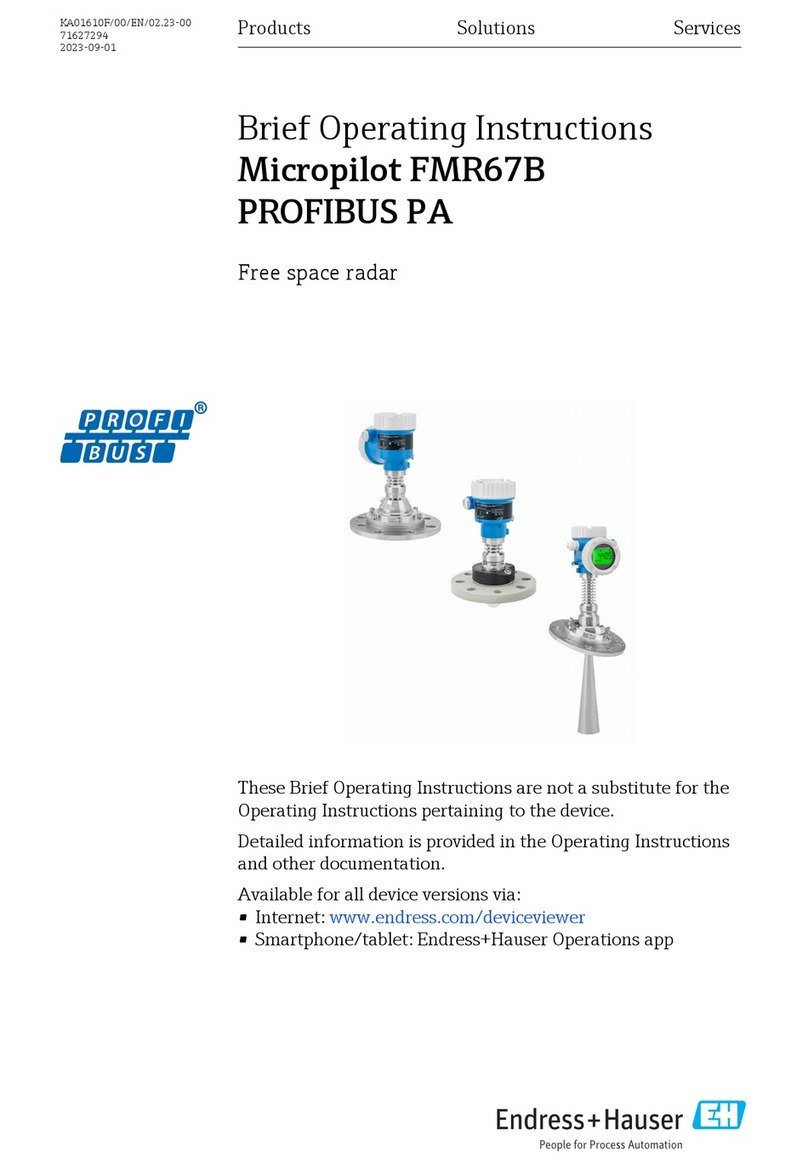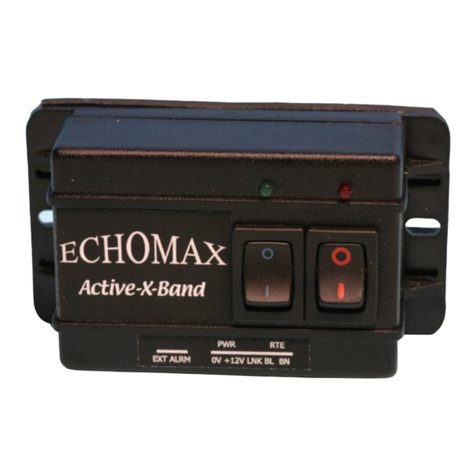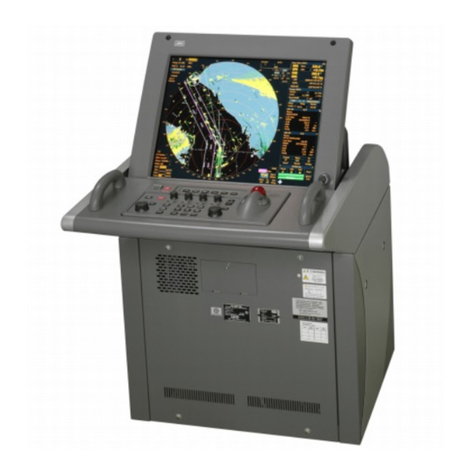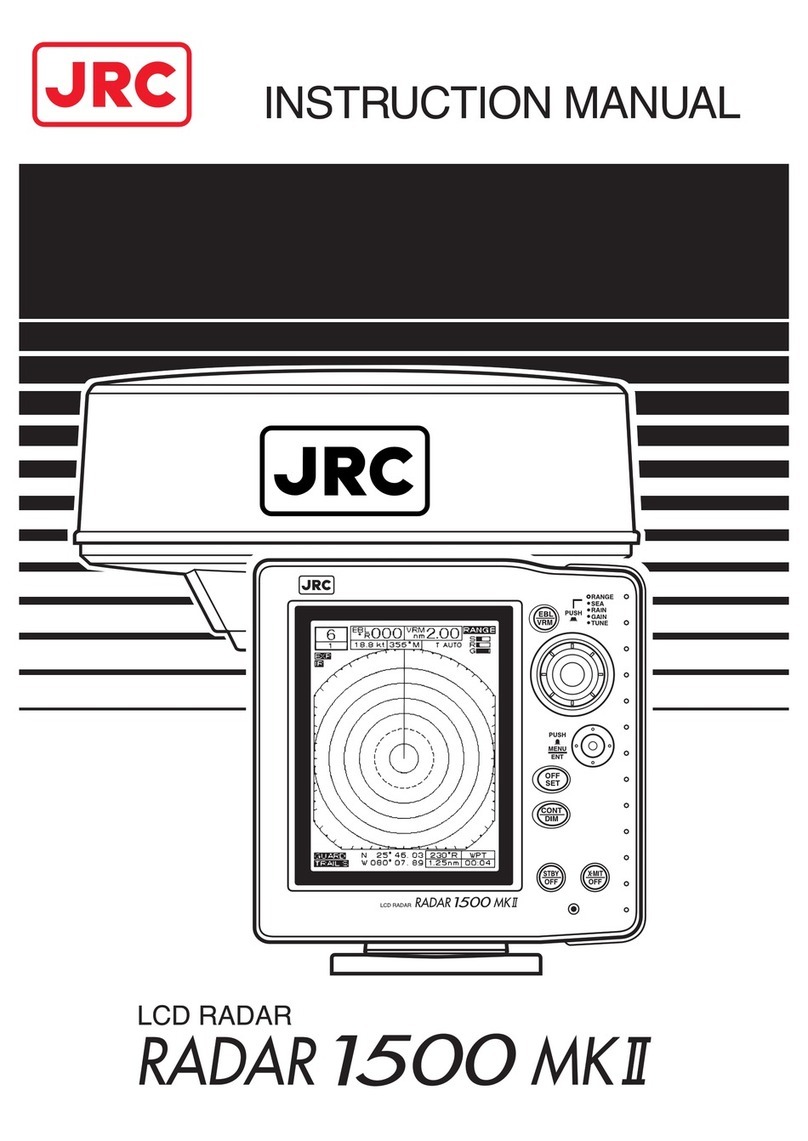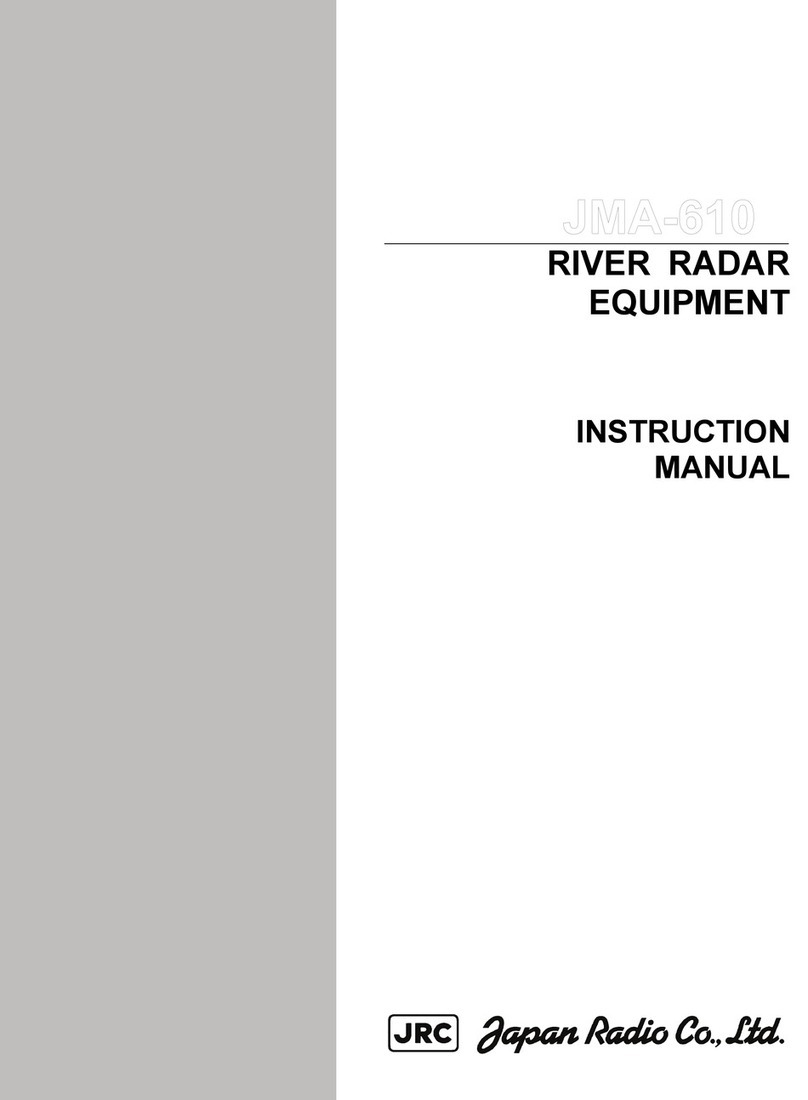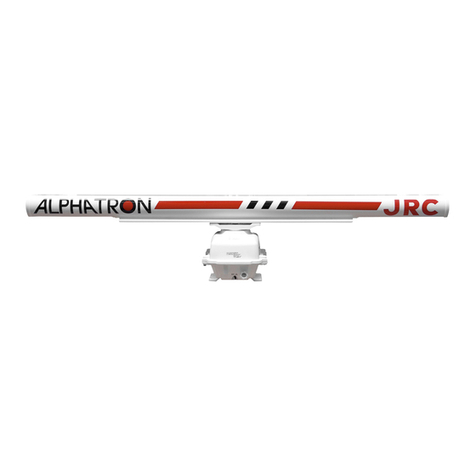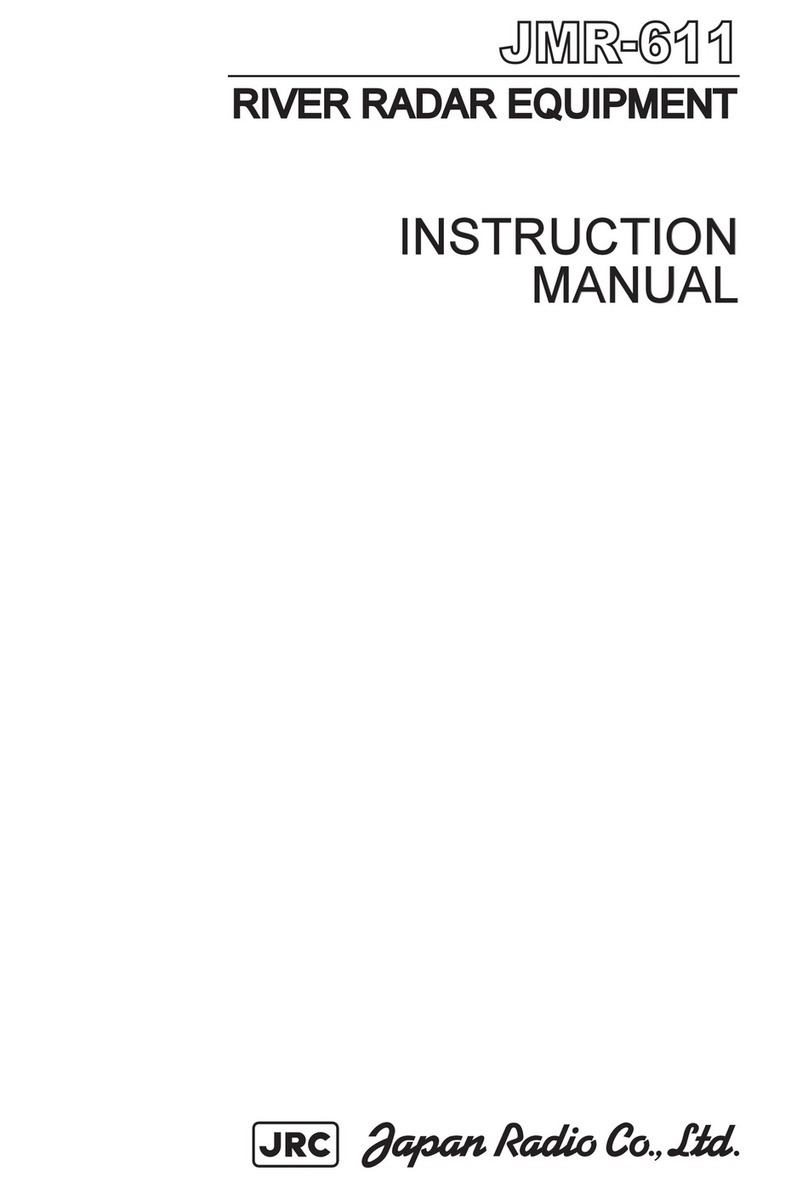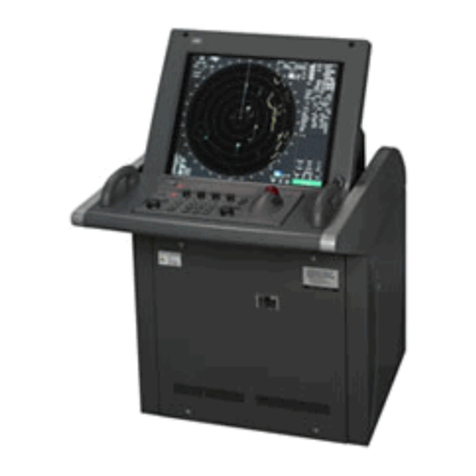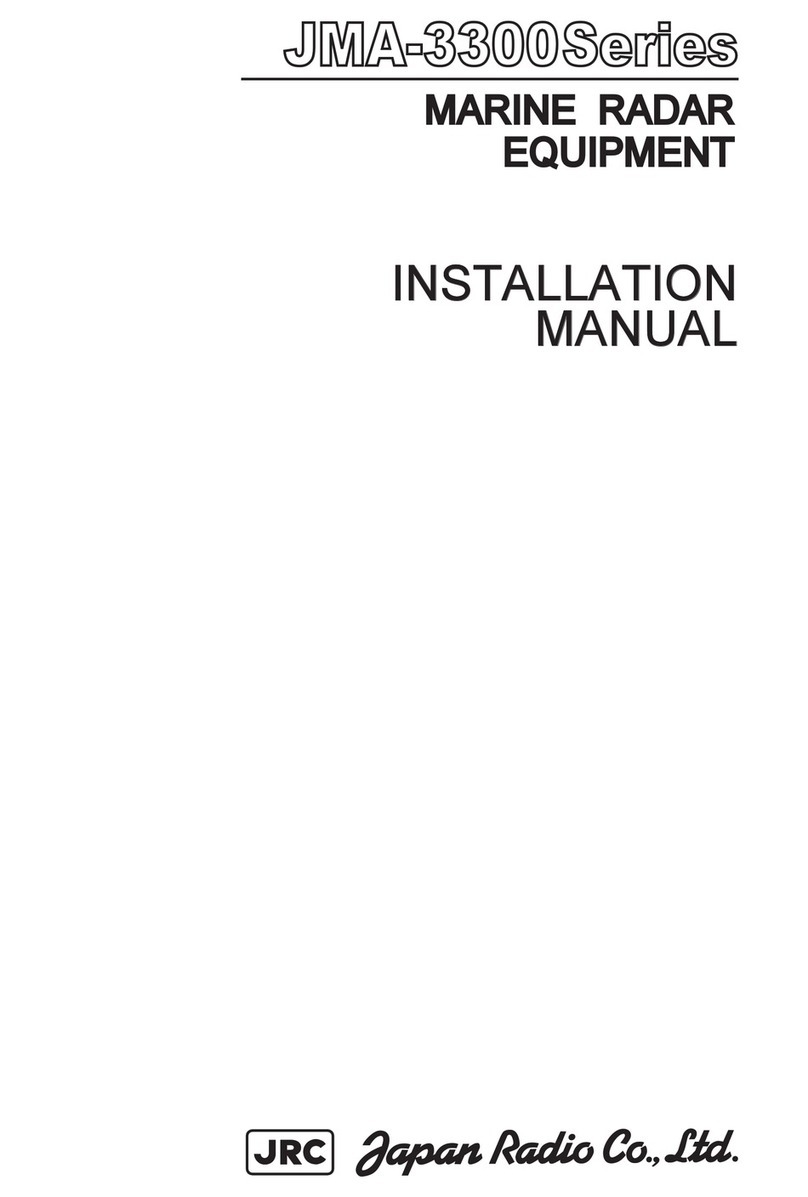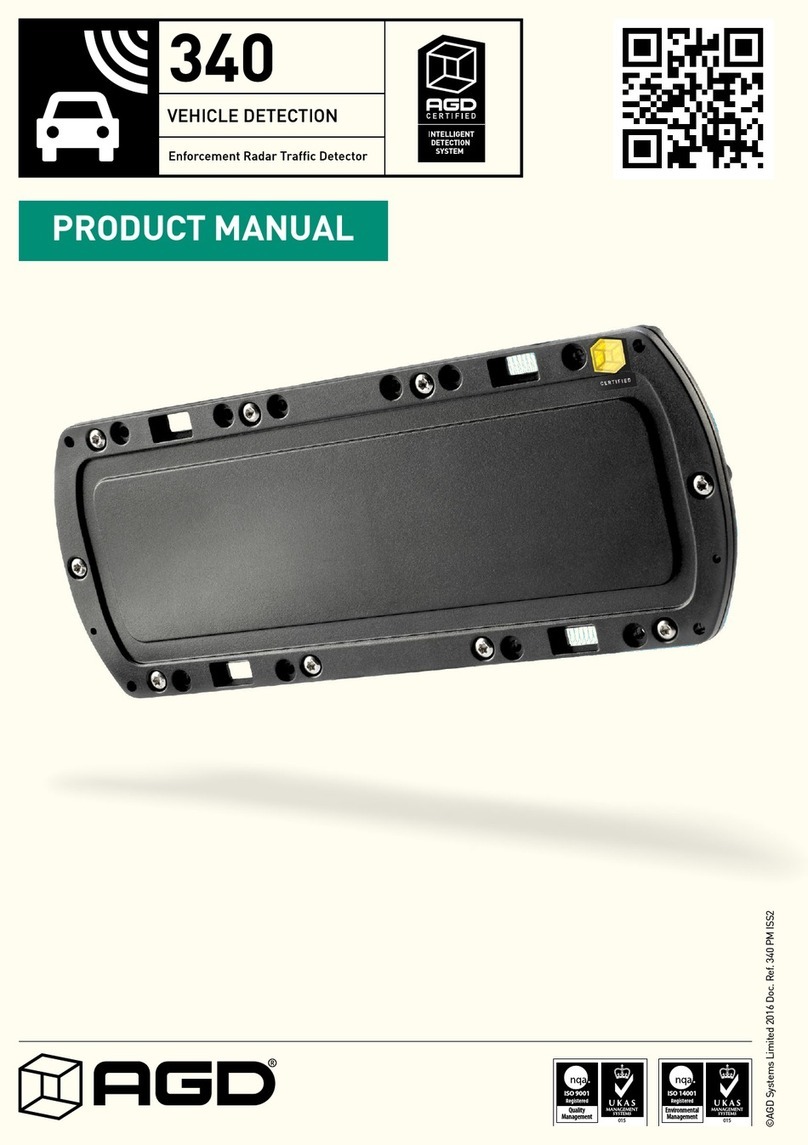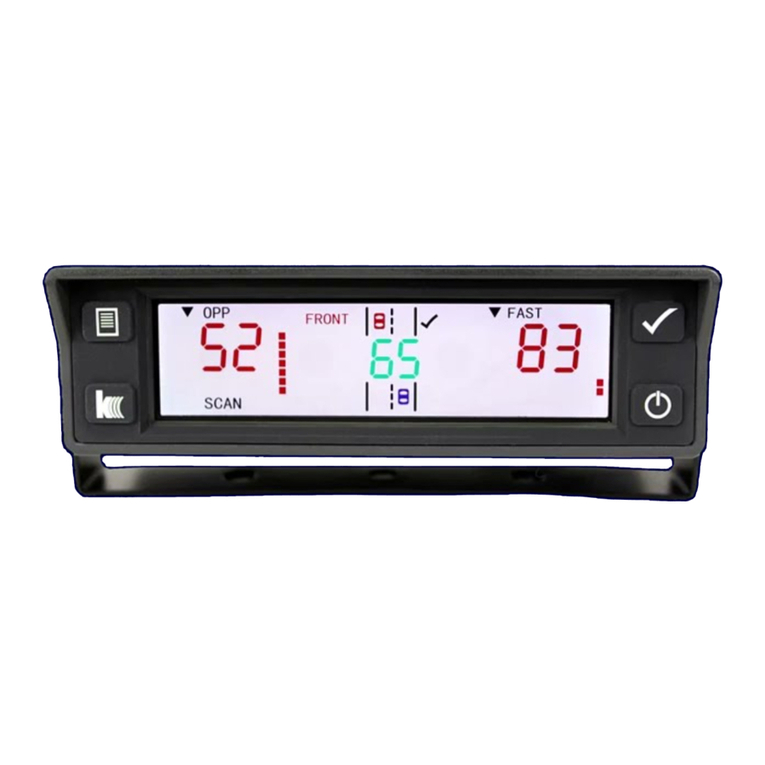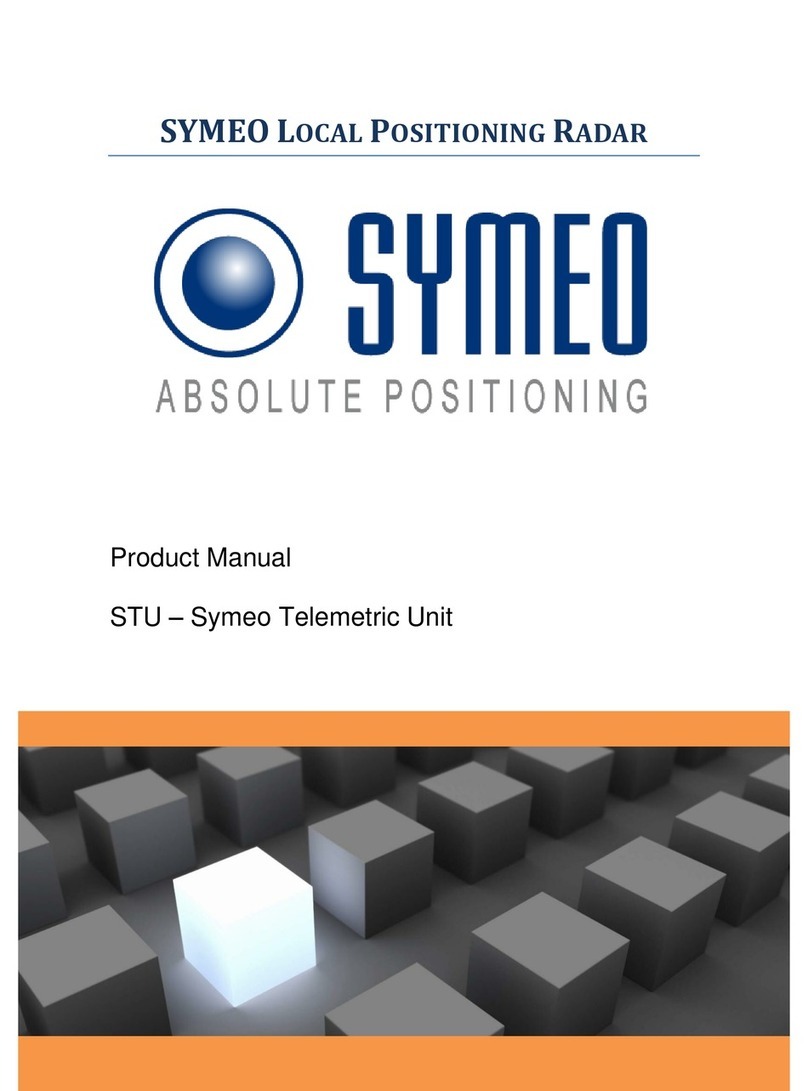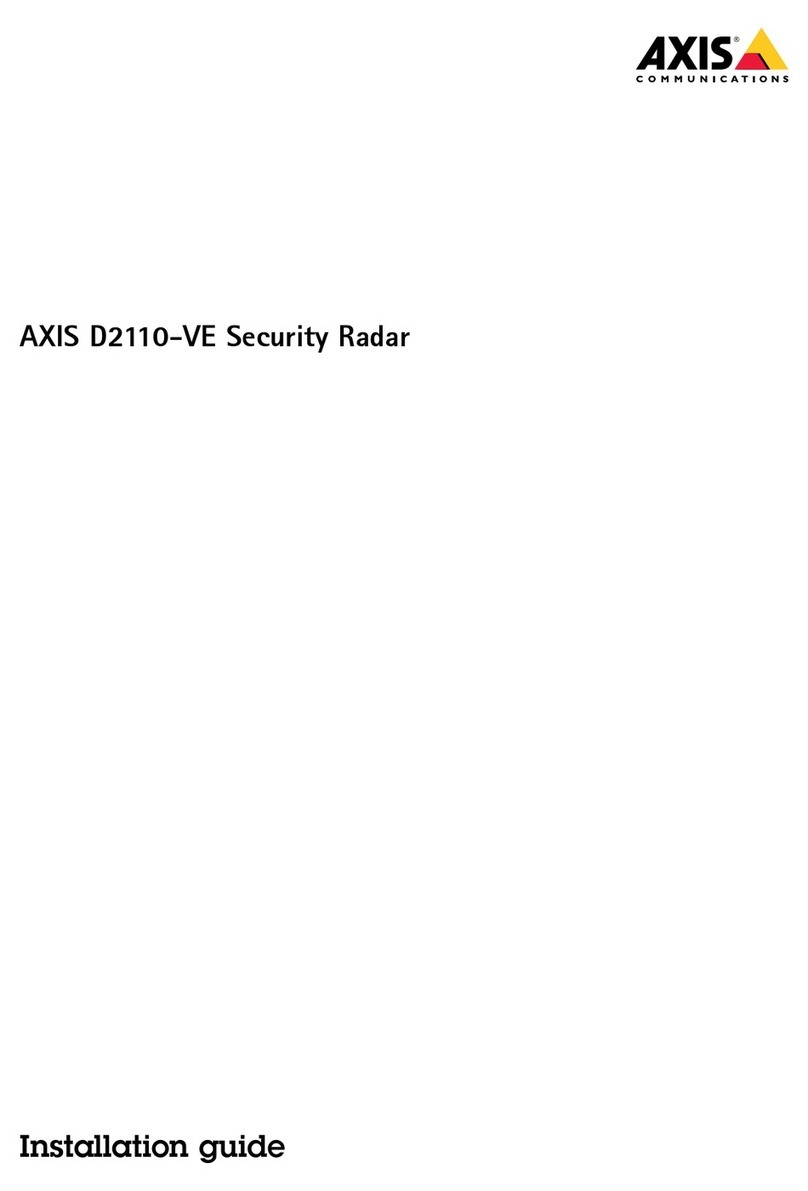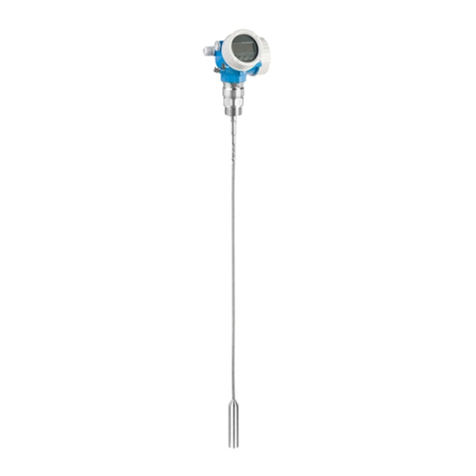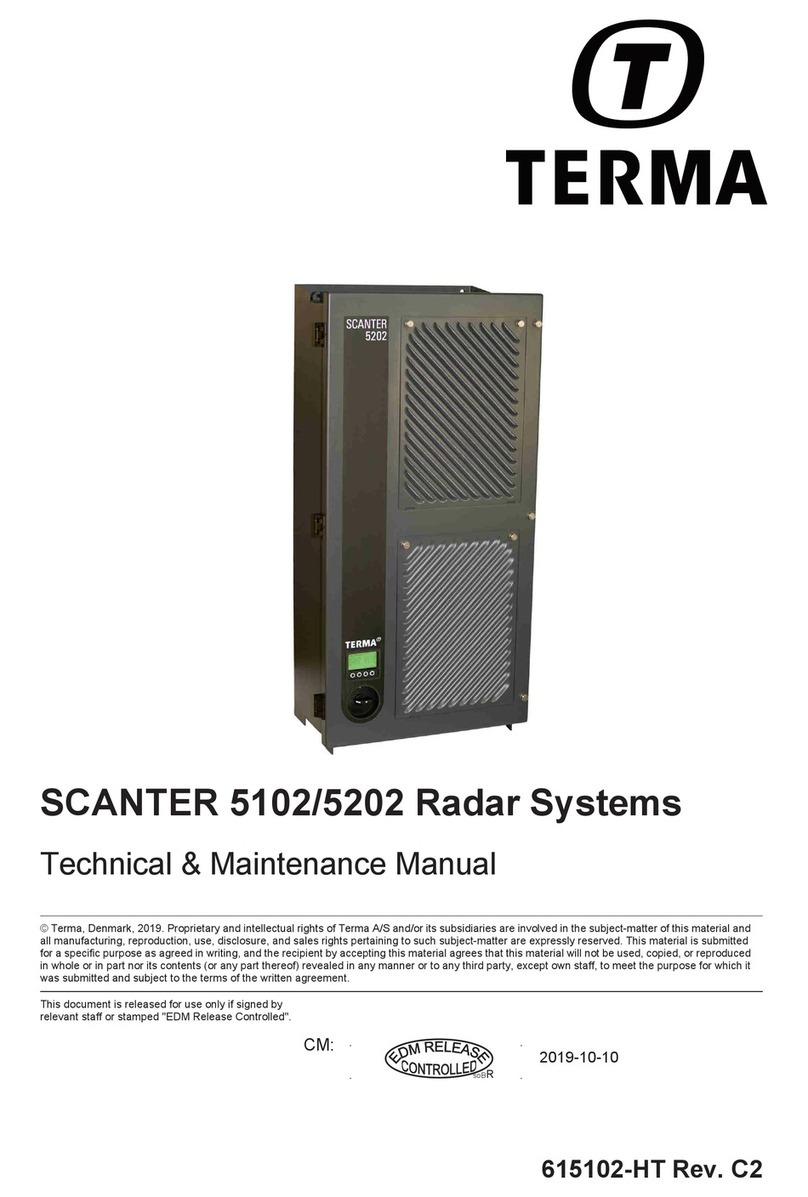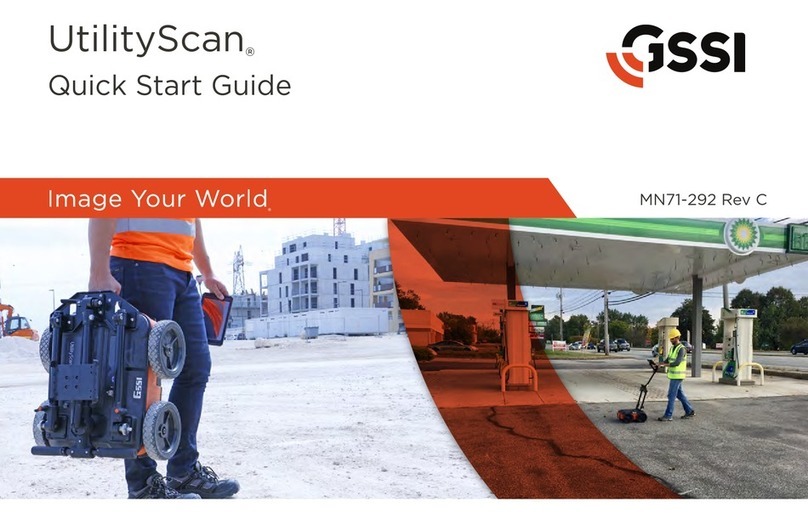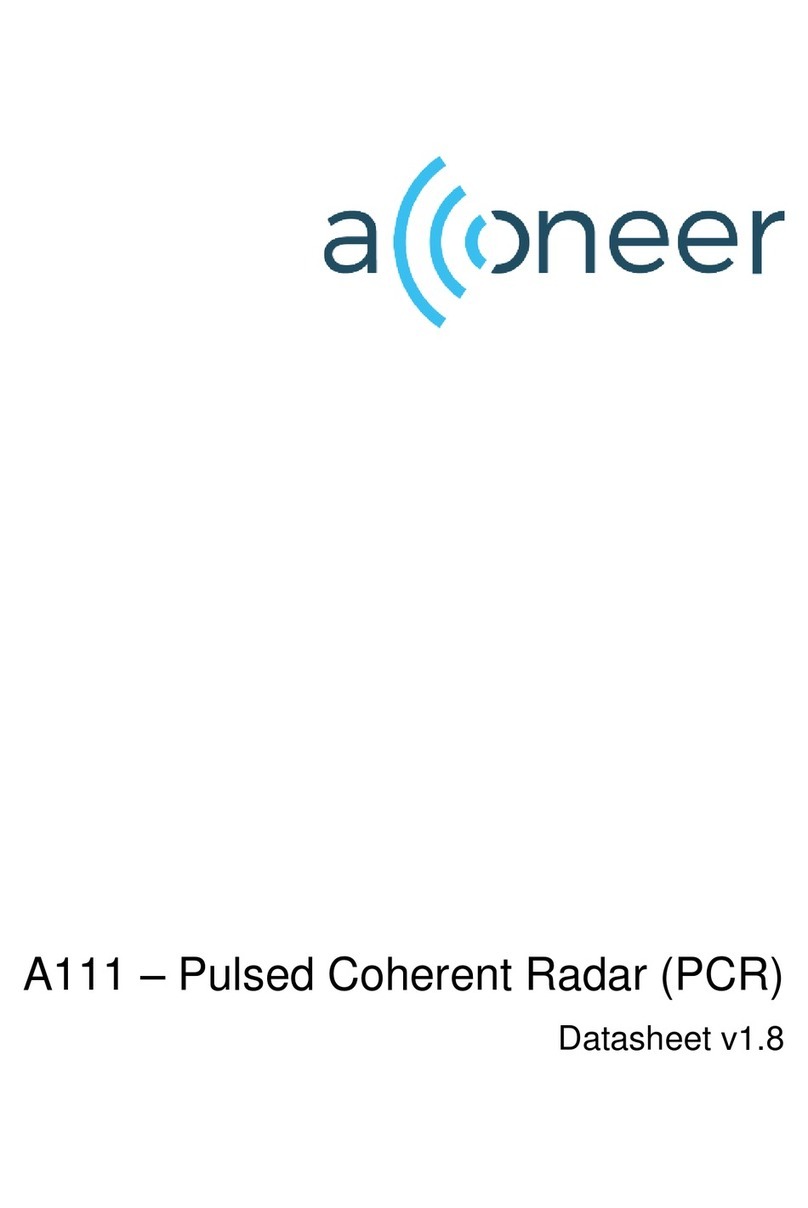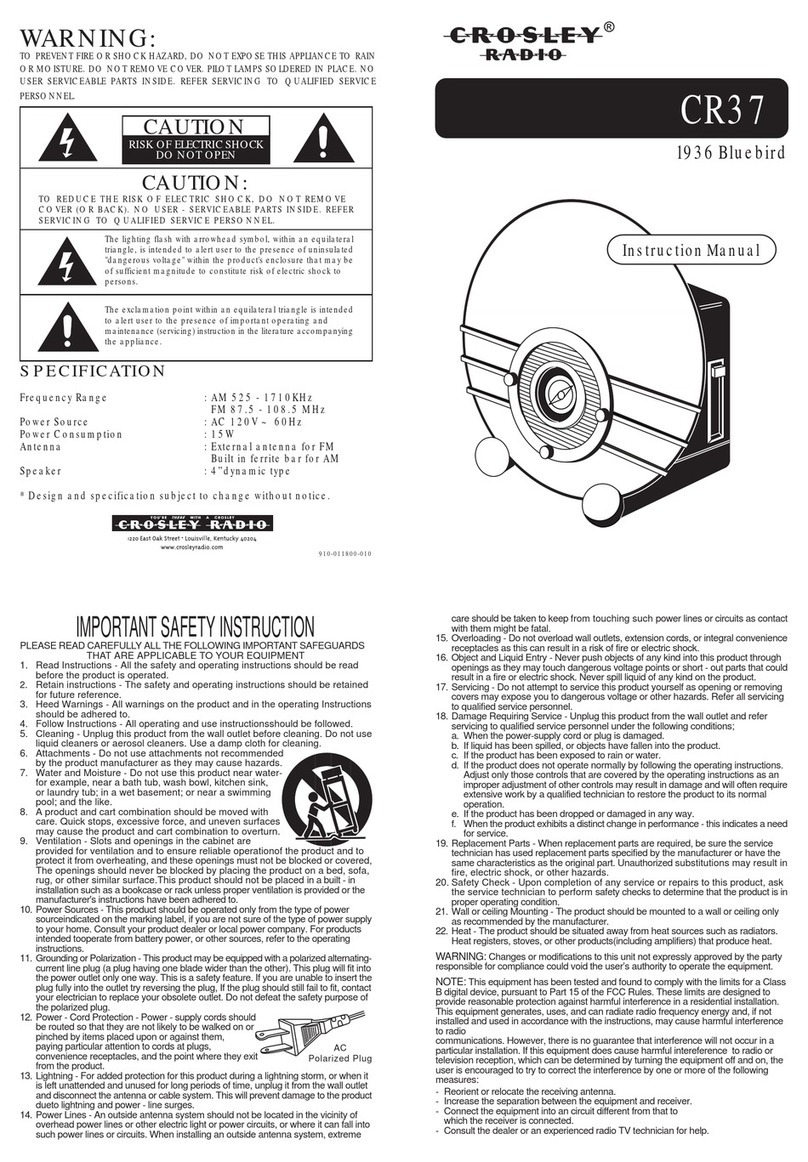II
Operating Precautions
To avoid electrical shock, never touch the inside of the scanner or
display unit. Leave protective cover on.
High voltage present inside of these units could cause personal injury.
Refer equipment servicing to authorized JRC personnel.
Avoid routinely entering the nearby vicinity of the scanner unit.
The scanner unit rotates quickly and could cause personal injury. The
scanner should be installed in a high place such as the cabin roof,
flying bridge, radar mast, or the top base frame of your ship. If the
scanner cannot be located out of normal human reach, it should be
surrounded with a fence. Prolonged human exposure to radar signals
at close range is not recommended.
Before approaching or removing the scanner unit, turn off the STBY/
OFF and X MIT/OFF keys on the display unit. Cable connector P1 on
the display unit should be disconnected before removing the scanner
unit from its installed position.
Never sit on the scanner unit.
The radome and/or the parts in the scanner unit may be damaged.
Use your RADAR 3000 system properly by following the instructions
in this manual.
Incorrect operation can detract from optimum system performance.
This radar unit is only an aid to navigation. Its accuracy can be af
fected by many factors including equipment failure or defects, envi
ronmental conditions, and improper handling or use. It is the user’s
responsibility to exercise common prudence and navigational judge
ment. This radar unit should not be relied upon as a substitute for such
prudence and judgment.
CAUTION
WARNING
II
Operating Precautions
To avoid electrical shock, never touch the inside of the scanner or
display unit. Leave protective cover on.
High voltage present inside of these units could cause personal injury.
Refer equipment servicing to authorized JRC personnel.
Avoid routinely entering the nearby vicinity of the scanner unit.
The scanner unit rotates quickly and could cause personal injury. The
scanner should be installed in a high place such as the cabin roof,
flying bridge, radar mast, or the top base frame of your ship. If the
scanner cannot be located out of normal human reach, it should be
surrounded with a fence. Prolonged human exposure to radar signals
at close range is not recommended.
Before approaching or removing the scanner unit, turn off the STBY/
OFF and X MIT/OFF keys on the display unit. Cable connector P1 on
the display unit should be disconnected before removing the scanner
unit from its installed position.
Never sit on the scanner unit.
The radome and/or the parts in the scanner unit may be damaged.
Use your RADAR 3000 system properly by following the instructions
in this manual.
Incorrect operation can detract from optimum system performance.
This radar unit is only an aid to navigation. Its accuracy can be af
fected by many factors including equipment failure or defects, envi
ronmental conditions, and improper handling or use. It is the user’s
responsibility to exercise common prudence and navigational judge
ment. This radar unit should not be relied upon as a substitute for such
prudence and judgment.
CAUTION
WARNING



